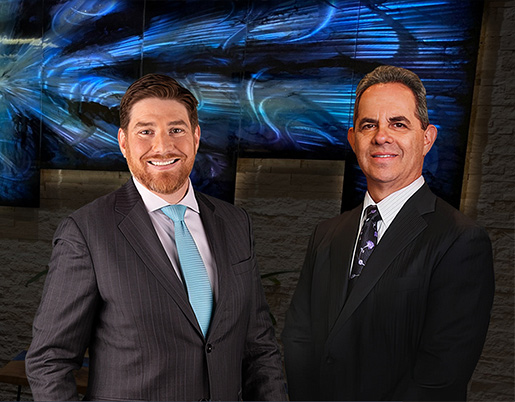After the National Highway Traffic Safety Administration (NHTSA) received five complaints of sticky gas pedals, Chrysler has been quick to recall about 25,000, 2007 Dodge Caliber and Jeep Compass vehicles. The problem started to surface in late April, and is being blamed on the pedal system built by the CTS Corporation of Elkhart, Indiana, the same company that built the accelerator pedal assemblies that were involved in the Toyota recall.
A NHTSA analysis found that the problem resulted because pockets in the pedal assembly that hold bushings, which act as a bearing for the pivot shaft of the accelerator pedal arm, were too large. Chrysler said the vehicles were equipped with an electronic throttle control system that reduced engine power when there was a “disagreement” between the brake and the accelerator signals, adding that the system prevented the pedal problem from causing “an unreasonable risk to motor vehicle safety.”
Only pedals installed in cars manufactured between March 7 and May 19, 2006, are affected. The automaker said its recall was designed to find those faulty pedal assemblies and replace them.
CTS denies that its pedals cause sudden acceleration or that the pedals can even fully stick. It called the issue a “slow return pedal phenomenon,” and said in a statement that it was unaware of any accidents or injuries because of the problem. Regulators have opened a defect investigation into CTS, the first ever taken against the company.







